Title Page
Foreword
Preface
Abstract
Contents
Introduction
Robot Motion Control
Path Planning and Trajectory-Following Operations
Sensor-Guided Robot Motion Control
Verbal Problem Formulation and Motivation for This Book
Definition: Sensor-Guarded Robot Motion Control
Excursion: The Neurophysiological System of Human Beings
Outline of This Book
Literature Survey: Trajectory Generation in and Control of Robotic Systems
Terminology
Overview
State of the Art in Robot Technology
State of the Art in Robotics Research
Path Planning
Trajectory Planning Concepts
Robot Motion Control
Human-Inspired Motion Analysis
Own Works
Conclusions and Classification of This Work
Mathematical Conventions and Problem Formulation
Notation and Nomenclature
Classification of On-Line Trajectory Generators
Type Classification
Variant Classification
Formal Problem Formulation
Summary
Solution for One Degree of Freedom
Generic Algorithm for On-Line Trajectory Generation
Problem Formulation for One-DOF Systems
Generic Solution
Solution for Type IV
Type IV, Variant A
Type IV, Variant B
Summary and Applications
Solution in Multi-dimensional Space
General Variant A Algorithm for On-Line Trajectory Generation
Step 1: Calculating the Synchronization Time tisync
Step 2: Synchronization
Step 3: Calculation of Output Values
Final Remarks on the General OTG Algorithm
Extension for Variant B
Type IV On-Line Trajectory Generation
Type IV, Variant A
Type IV, Variant B
Summary and Final Remarks
On-Line Generation of Homothetic Trajectories
Problem Formulation
The Algorithm
Hybrid Switched-System Control for Robotic Systems
Hybrid Switched-System Control
The Manipulation Primitive Framework
Manipulation Primitives as Interface to Hybrid Switched-Systems
Control Scheme for the Execution of Manipulation Primitives
Remarks on the Availability Flag Vector ic
Remarks on Task Frame Switchings
Remarks on the OTG Module
On-Line Trajectory Generation for Open-Loop Velocity Control
Stability
Summary
Experimental Results and Applications
Handling Arbitrary States of Motion
Instantaneous Reaction to Unforeseen (Sensor) Events
Homothetic Trajectories
Unforeseen Switchings of Reference Coordinate Systems
Unforeseen Switchings of State Spaces
Hybrid Switched-System Control of a Six-DOF Industrial Manipulator
Further Discussion
On-Line Trajectory Generation as an Interface to Non-Real-Time Systems
Visual Servo Control
Relation to High-Level Motion Planning Systems
The Problem of Overshooting
Embedding of Robot Dynamics
Further Applications
Migration of Existing Architectures
Real-Time Verification
Higher Control Rates
Aspects on the Development of Decision Trees
Completeness Analysis of Decision Trees
OTG Types V–IX
Further Variants
On the Elegance of Natural Laws
Summary, Future Work, and Conclusion
Summary
Limitations and Future Work
Conclusion
Appendix
The Modified Anderson-Bj\"orck-King Method
Details on the {\it PosTriNegTri} Acceleration Profile (Step 1)
Details on the {\it PosTriZeroNegTri} Acceleration Profile (Step 2)
Type IV On-Line Trajectory Generation in Very Simple Terms
Abbreviations and Symbols
References
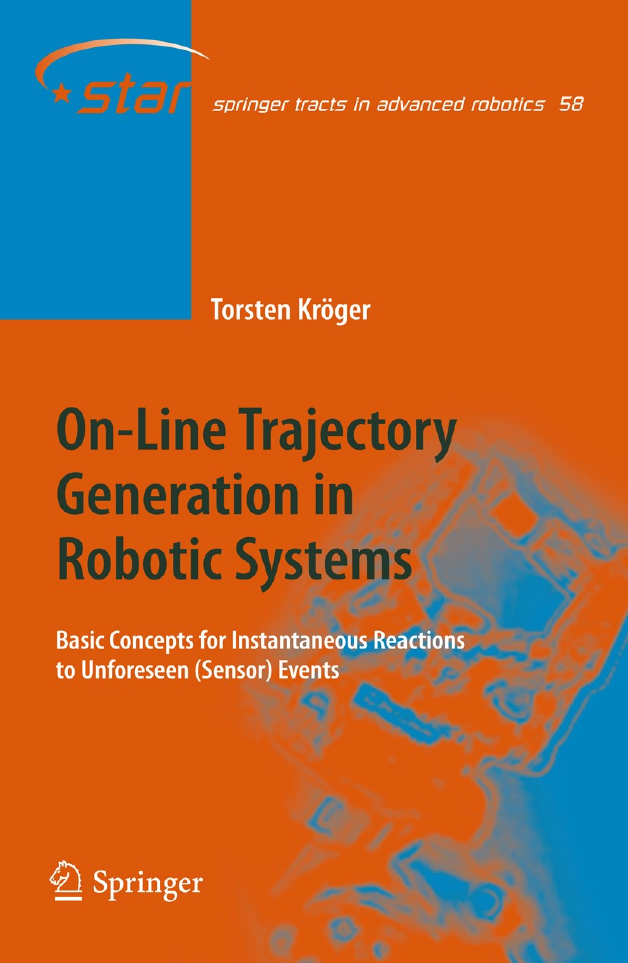
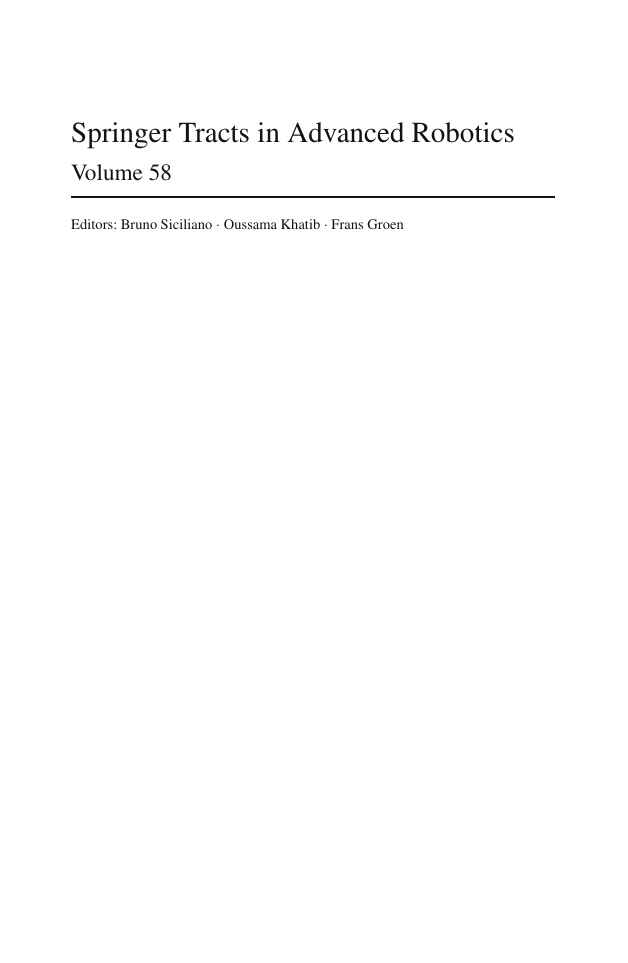
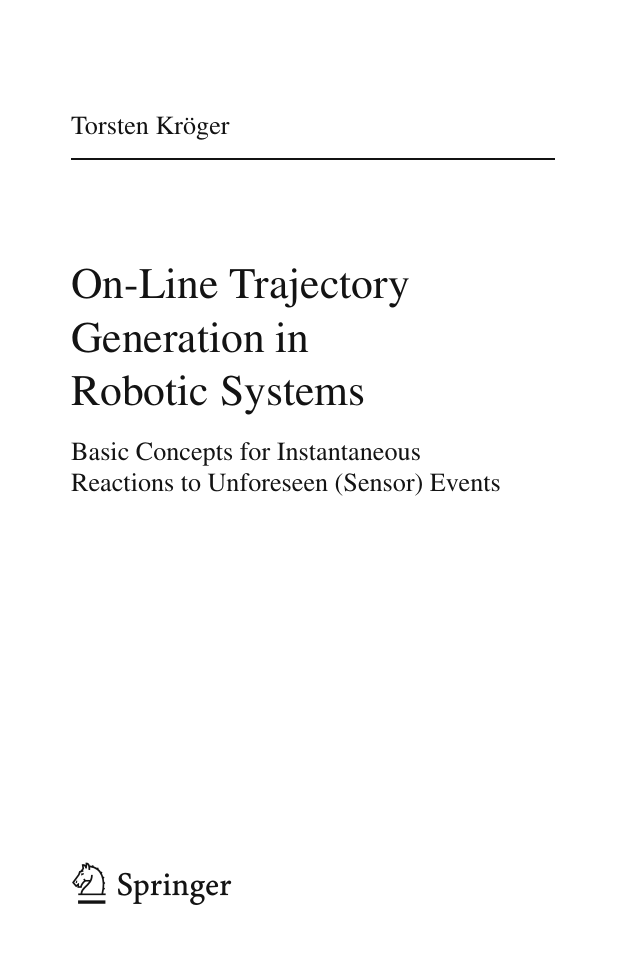
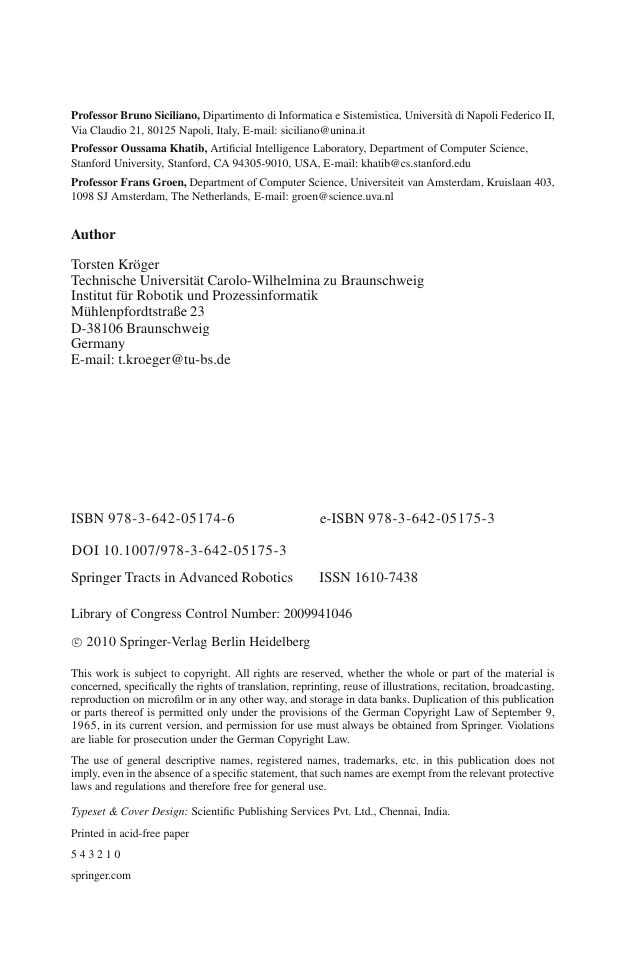
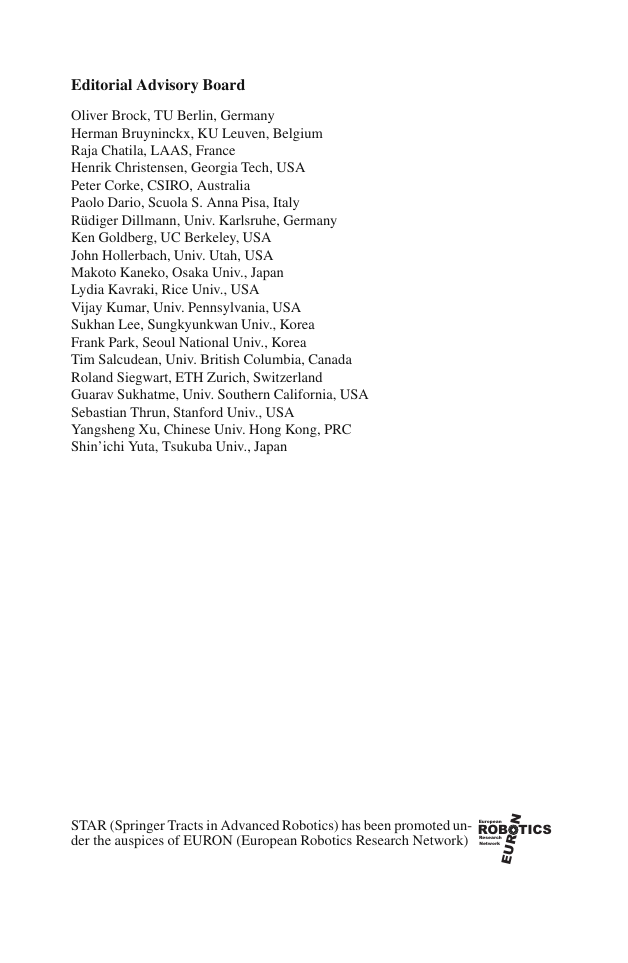

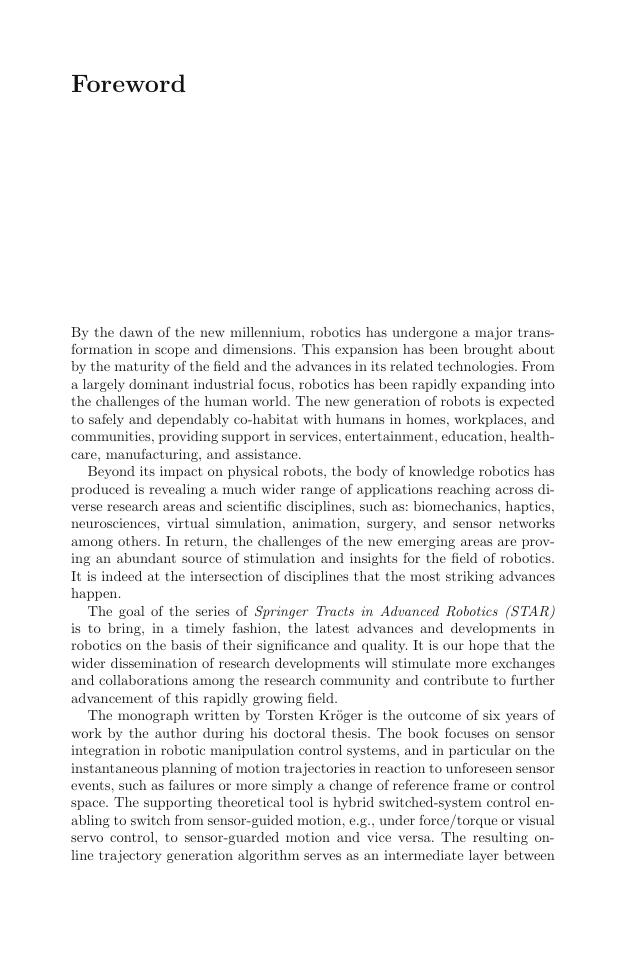
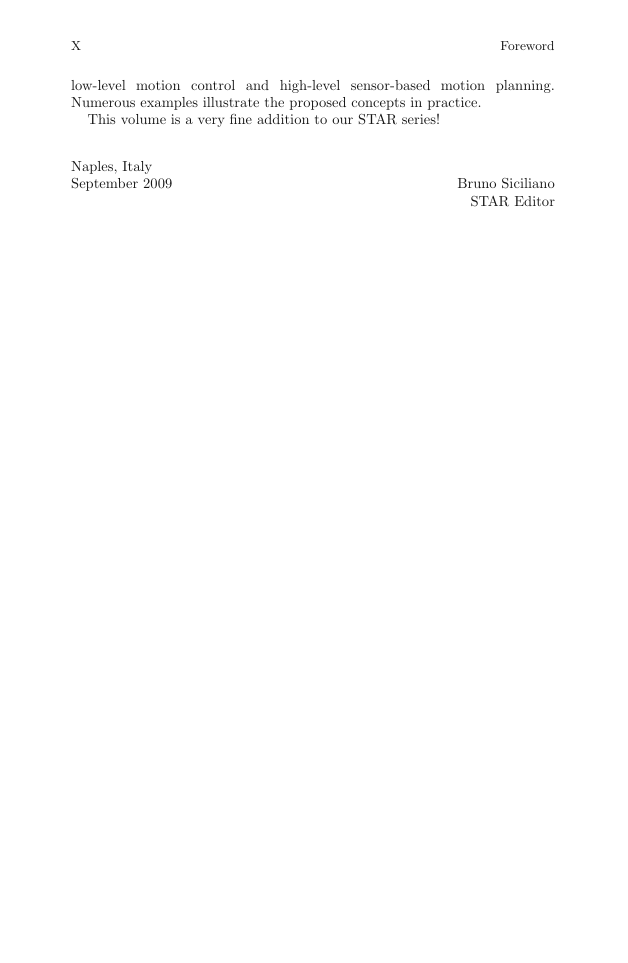








 2023年江西萍乡中考道德与法治真题及答案.doc
2023年江西萍乡中考道德与法治真题及答案.doc 2012年重庆南川中考生物真题及答案.doc
2012年重庆南川中考生物真题及答案.doc 2013年江西师范大学地理学综合及文艺理论基础考研真题.doc
2013年江西师范大学地理学综合及文艺理论基础考研真题.doc 2020年四川甘孜小升初语文真题及答案I卷.doc
2020年四川甘孜小升初语文真题及答案I卷.doc 2020年注册岩土工程师专业基础考试真题及答案.doc
2020年注册岩土工程师专业基础考试真题及答案.doc 2023-2024学年福建省厦门市九年级上学期数学月考试题及答案.doc
2023-2024学年福建省厦门市九年级上学期数学月考试题及答案.doc 2021-2022学年辽宁省沈阳市大东区九年级上学期语文期末试题及答案.doc
2021-2022学年辽宁省沈阳市大东区九年级上学期语文期末试题及答案.doc 2022-2023学年北京东城区初三第一学期物理期末试卷及答案.doc
2022-2023学年北京东城区初三第一学期物理期末试卷及答案.doc 2018上半年江西教师资格初中地理学科知识与教学能力真题及答案.doc
2018上半年江西教师资格初中地理学科知识与教学能力真题及答案.doc 2012年河北国家公务员申论考试真题及答案-省级.doc
2012年河北国家公务员申论考试真题及答案-省级.doc 2020-2021学年江苏省扬州市江都区邵樊片九年级上学期数学第一次质量检测试题及答案.doc
2020-2021学年江苏省扬州市江都区邵樊片九年级上学期数学第一次质量检测试题及答案.doc 2022下半年黑龙江教师资格证中学综合素质真题及答案.doc
2022下半年黑龙江教师资格证中学综合素质真题及答案.doc